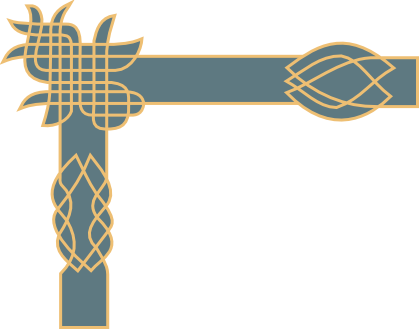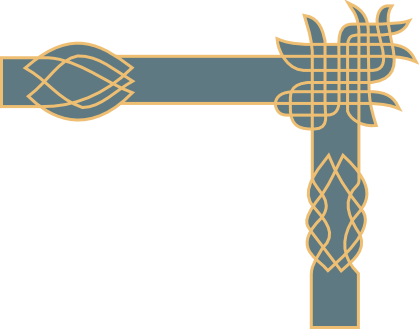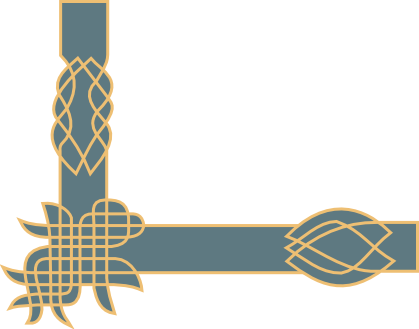Welcome to my course in Classical Gothic. The intention of this course is to make it possible to converse, read, and write in the classical form of the Gothic language, that used by the bishop Wulfila in the 4th century. The layout of the course is intended to be modern and simple to follow, structured after the lessons in French: The Easy Way by Christopher Kendris (1989), Latin Via Ovid: A First Course by Norma Goldman and Jacob E. Nyenhuis (1977), and Elementary Old English: An Introduction to the Language by Mary K. Savelli (2011), three books which I have found have a very easy-to-understand layout. My knowledge of Gothic comes primarily from An Introduction to the Gothic Language by Thomas O. Lambdin (2006) and Grammar of the Gothic Language by Joseph Wright.
Gothic is the oldest surviving Germanic language; it comes from the same source as English, Dutch, German, and the Scandinavian languages. The earliest examples of the language date from the Wielbark and Cherniakhov cultures, from 200-400 AD, in the form of Elder Futhark runic inscriptions. Most notable is the ring of Pietroasa, which is variously read as gutaniowihailag ("Holy to the Jove of the Goths"), gutanijerwihailag ("Sacrosanct Year of the Goths"), or gutanioþalawihailag ("Sacred Inheritance of the Goths"). The most extensive document in the language is the translation of the Bible by the Gothic bishop Wulfila in the 4th century. This was written in the classical language, the form taught here. Several incomplete copies exist of the book, including the Codex Argenteus, known for its deep purple pages and silver and gold ink. The language was in use until the 8th century, when its decline began with many texts in the language being burned or erased, in an effort to stamp out Arianism.
Start with the preliminary lessons - or see the table of contents.




